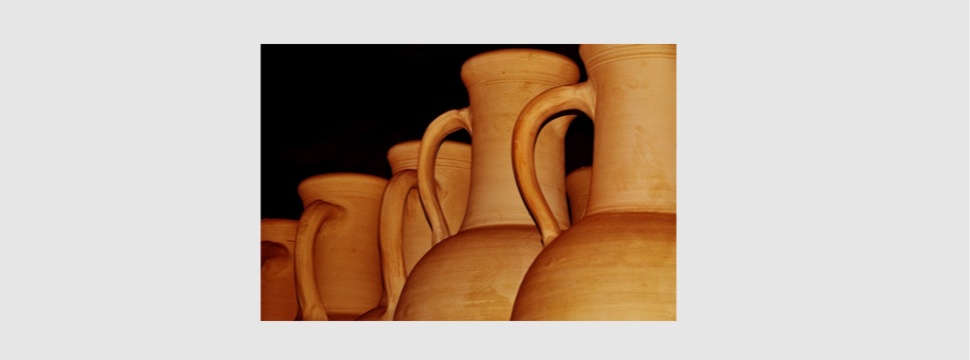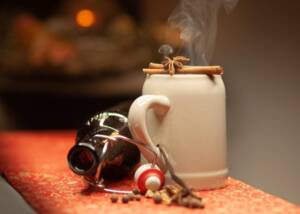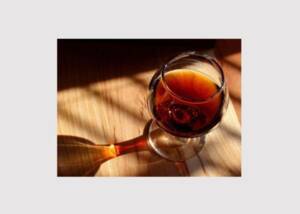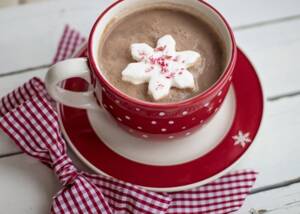Selters water bottle - once a jug for mineral water trade
News News blog
Selters water bottle (in German: Selterswasserflasche) is a technical term for special jugs made of stoneware, which have been produced and used as containers for trading mineral water since the 17th century at the latest. Although they are bottles in form, they are sometimes also called selters jugs.

In the late 18th century, a potter could make about 150 to 175 in a day. In fact, very large quantities of these vessels were also needed: The Heilbrunnen in Schwalheim, for example, sold 11,000 jugs in 1782 and as many as 30,000 in 1873. In 1879, production became much easier with the introduction of the jug press, where 1500 raw cylinders could be produced per day.
Initially, the jugs bore a painted mark on the shoulder. The characteristic stamps naming the well, however, did not appear until around the middle of the 18th century. These stamps were important as proof of the water's origin from a particular medicinal spring.
Even though the name is derived from the particularly prominent filling location of Selters, similar vessels were used in different well locations. As it was not customary to return the bottles due to the transport effort, the Selters water bottles were often also put to a secondary use after use, e.g. as field bottles or for storing home-made drinks. Therefore, archaeological finds can point to trade routes and long-distance sales of mineral water and thus provide important information on economic history.
In the last quarter of the 19th century, mineral water bottles made of glass became increasingly important. Shortly after 1900, stoneware bottles were therefore of little importance for some wells.










